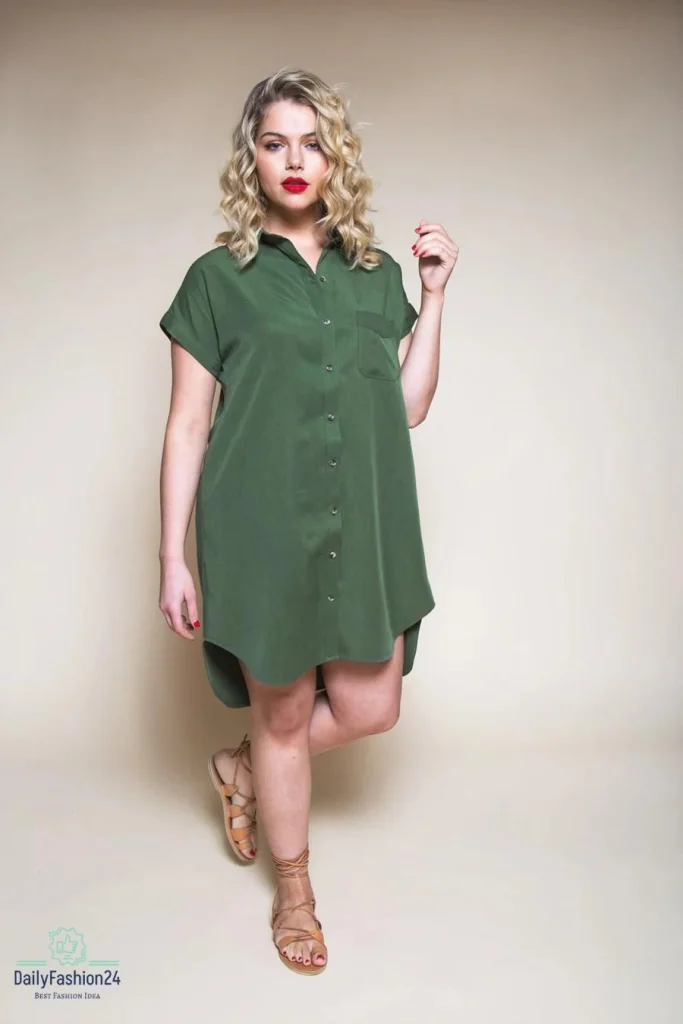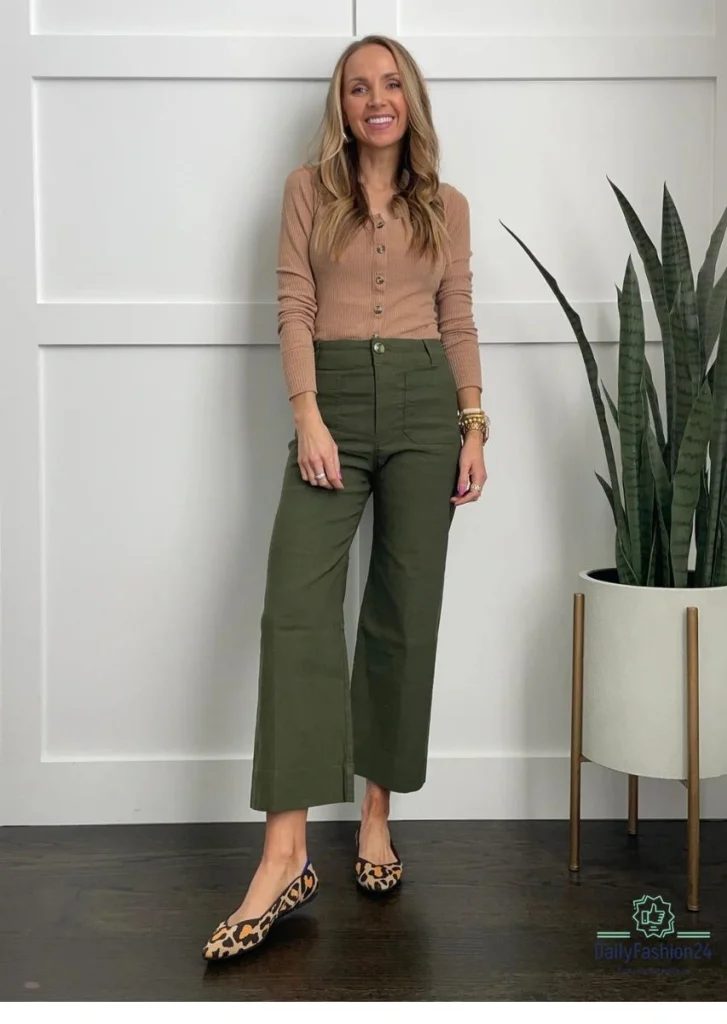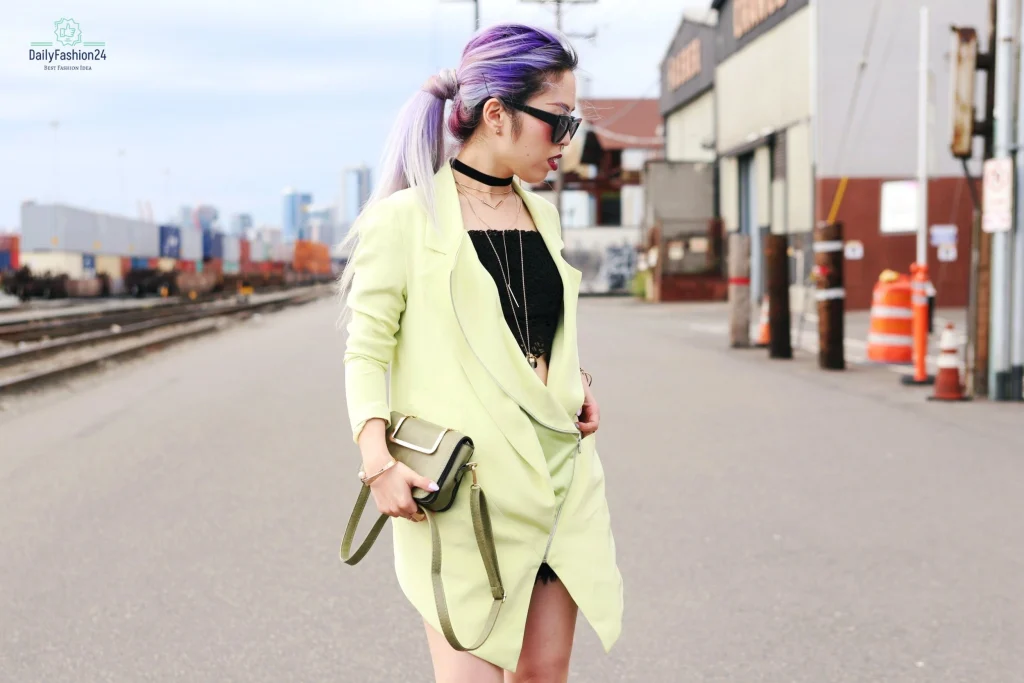
The Green Closet fashion industry has witnessed a significant shift towards sustainability as environmental awareness grows. “Sustainable clothing” is one of the fashionable trends in this movement.
This fashion approach refers to a style that places a premium on sustainability and ecological responsibility. In this type of dressing, attire, and accessories that have limited consequences on the environment are preferred by its wearers. “Green Closet”, as referred to in the term, “closet,” points at individual style and wardrobe choices while ‘green’ symbolizes eco-friendliness.
Major Features of Green Closet Style

Ethical Production:Under Green Closet-styled clothes, these garments are made in ways that avoid harm to the natural surroundings and take care of employees. This includes partnering with brands with transparent supply chains and production processes.
Upcycling/ Recycling: For instance, up-cycling among others forms part of the Greencloset’s style. They can include reusing old clothes by buying used ones or shopping from brands that incorporate recycled materials into their designs.
Minimalist Aesthetics: A majority of Greenclose wardrobes feature simplistic designs that are versatile enough for any occasion even those yet-to-be-anticipated events meaning that shoppers do not need frequent shopping trips but also implies more thoughtfulness in personal styling.
Environmental Benefits: Through emphasizing sustainable materials and ethical production practices, this Greencloset style contributes towards reducing environmental damage caused by the fashion industry. It helps reduce waste, lower carbon emissions and saves natural resources.
Consumer Awareness: The Greencloset style has raised consumer awareness of the environmental and social impacts of apparel. Shoppers are now becoming more aware of their choices and looking for brands with similar values.
Industry Transformation: As a result, fashion brands have begun to adopt ecologically sound practices in response to increasing numbers of Greencloset-style consumers. Consequently, a wide-ranging shakeup within this sector towards responsible and eco-friendly fashion is apparent.
Economic Impact:Green Closet style assists in the growth of a sustainable fashion niche market. It’s pricey at times but also attracts innovative designers and sustainably oriented brands into its market space.
Implementing Greenclosets

Educate Yourself: Begin by learning about ethical brands as well as sustainable materials. Fashion blogs, documentaries, or sustainability reports can be great resources for such information.
Choose Quality Over Quantity
Support Sustainable Brands: When purchasing clothes look out for transparent firms, use environmentally friendly materials, and practice ethics in manufacturing. Many companies advertise certifications or provide detailed information on what they do sustainably.

Consider Second- Hand And Vintage Options: By buying second-hand or vintage clothes one avoids adding to waste plus finds unique items to put in his/her closet. Repurpose/ Upcycle: You could give old garments a new lease of life by re-using them creatively modifying them to fit your needs or getting involved in DIY projects with your clothes.
Both brands and customers begin to understand that sustainable fashion is possible and necessary for the well-being of our planet in general. The future of fashion will probably include advancements in sustainable materials, a broader range of ethical practices, as well as continued focus on quality and durability.
Conclusion
Greencloset style reflects a commitment to sustainability in dressing thoughtfully and responsibly. Environmental friendliness, ethical production as well as timelessness.
